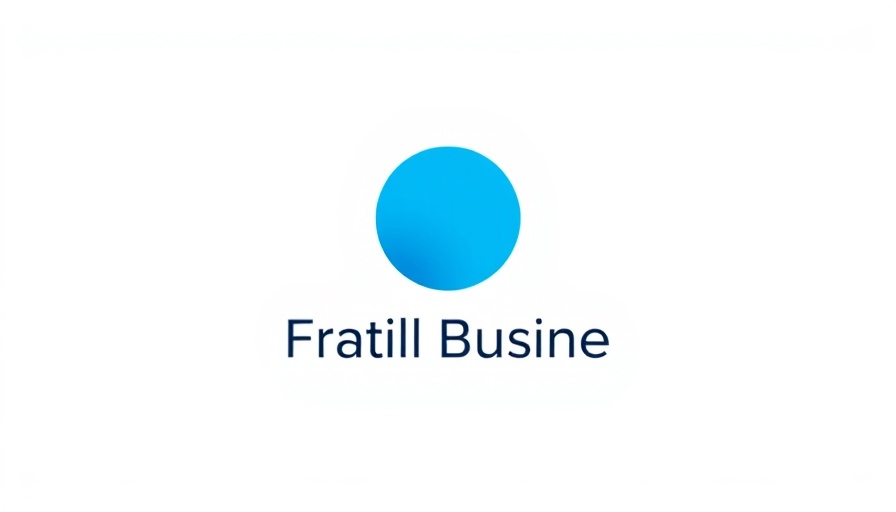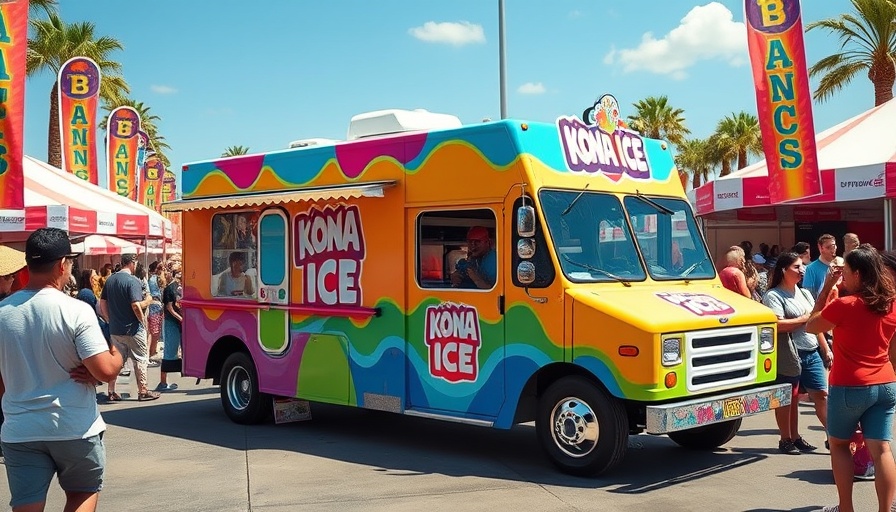
Gas Prices Surge Amid Seasonal Transitions and Maintenance
Recently, the national average price for a gallon of regular gasoline has climbed over 10 cents, now reaching $3.26. This recent leap in gas prices marks a notable departure from the $3.09 average just a month ago and is the highest since a similar price point was seen last September. According to the American Automobile Association (AAA), several intertwined factors are contributing to this increase, primarily refinery maintenance and the annual switch to costlier summer-blend gasoline.
As these seasonal transitions take place, it's essential for both consumers and business owners to understand the underlying reasons behind these fluctuations. While the demand for gasoline has dipped, decreasing from 8.64 million barrels per day to 8.49 million barrels in just a week, the overall domestic supply has also dropped significantly, from 239.1 million barrels to 237.6 million barrels.
Understanding Supply and Demand Trends
What does this fluctuation in gasoline demand mean? Although the sharp decline in demand might suggest a decrease in consumption, production rates have increased to an average of 9.3 million barrels per day. The contrast between rising prices and falling demand reflects complex market conditions and the intricate balance between supply, refinery production, and external pressures such as geopolitical tensions and crude oil prices.
On the crude oil front, West Texas Intermediate (WTI) has also seen an uptick, as it rose by 51 cents, ultimately settling at $71.71 per barrel. However, crude oil inventories are still about 4% lower than the five-year average for this time of year, which indicates tighter supply conditions that can influence prices. For business owners, understanding these patterns can serve as critical insights when it comes to budgeting fuel costs for operations.
State-by-State Gas Price Insights
The landscape for gasoline prices varies state by state. For instance, California holds the title for the highest prices, averaging a staggering $4.91 per gallon, while Mississippi showcases the lowest price point in the nation at $2.74. These discrepancies can significantly impact logistics and operational costs for businesses across the country, particularly for those relying on transportation and delivery.
Businesses should take a closer look at how regional fuel prices may affect their bottom line and plan accordingly. They may also consider utilizing strategies to mitigate fuel costs, such as optimizing delivery routes or exploring alternative transportation methods.
The Impact on Electric Vehicle Charging Costs
It's worth noting that while gasoline prices fluctuate, electric vehicle (EV) owners see steady charging costs. The national average for public EV charging remains at around 34 cents per kilowatt hour. In states where gasoline prices soar, such as Hawaii with an EV charging cost at 56 cents, the convenience of electric vehicles can offer substantial savings in the long run.
Looking Ahead: What Should Business Owners Do?
As gas prices rise, small business owners need to take strategic actions. Here are a few steps that can prove helpful:
- Assess Fuel Budgets: Rethink your fuel allocation and adjust operational expenditures accordingly.
- Explore Alternatives: If possible, consider enhancing your fleet with electric vehicles or more fuel-efficient options.
- Negotiate Better Rates: Establish or renegotiate contracts with suppliers to mitigate rising fuel costs.
With gas prices currently reflecting wide-ranging trends, being proactive and informed can empower businesses to navigate these changes. Staying updated on price movements can help in making more strategic operational decisions.
As we see fluctuations in fuel prices, it’s vital for business leaders to monitor these trends closely and adapt to the evolving landscape. The impact on both operational costs and consumer behavior can resonate for months, making it necessary to stay informed and ahead of the curve.
 Add Row
Add Row  Add
Add 



Write A Comment